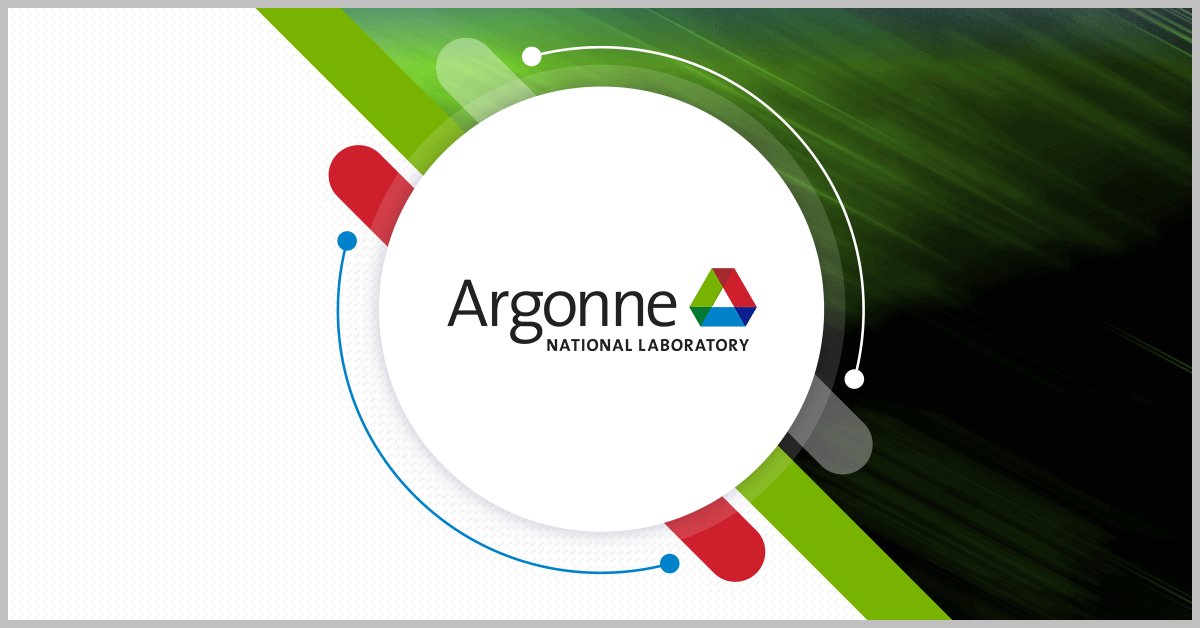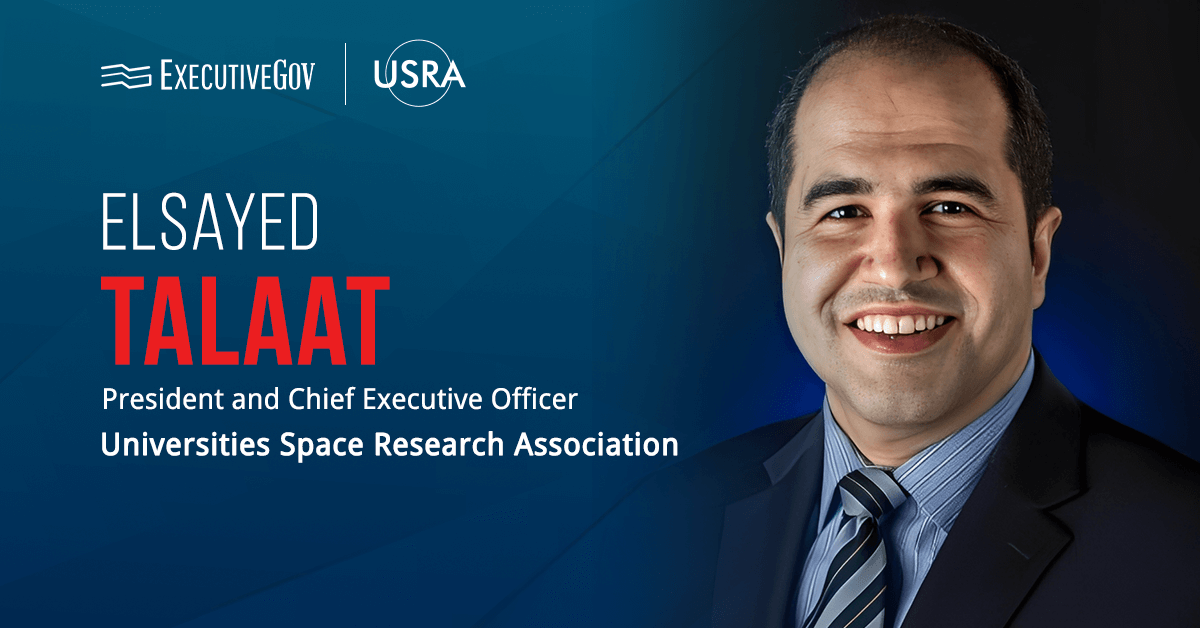The U.S. Naval Forces Southern Command/U.S. 4th Fleet has revealed that the Navy’s Hybrid Fleet Campaign through Operation Southern Spear will commence later this month within the Southern Command area of responsibility and the 4th Fleet Headquarters at Naval Station Mayport.
Assessing Robotic and Autonomous Systems
The Department of the Navy said Tuesday Operation Southern Spear will evaluate the performance of unmanned air and surface vessels in combination with manned forces. The aim is to assess their capabilities to conduct maritime surveillance and counter-narcotic operations.
The operation involves deploying long-dwell robotic surface vessels, small robotic interceptor boats and vertical take-off and landing robotic air vessels into the USSOUTHCOM AOR while the 4th Fleet will integrate the unmanned systems with Coast Guard cutters at sea and the operations centers of the 4th Fleet and Joint Interagency Task Force South.
Operation Southern Spear is conducted in support of the Navy’s Project 33, which aims to operationalize robotic and autonomous systems, a.k.a. RAS. The project intends to enhance RAS presence and awareness in critical maritime regions to provide insights to decision-makers, boost sovereignty and promote regional cooperation.
Cmdr. Foster Edwards, hybrid fleet director of the 4th Fleet, said, “Southern Spear will operationalize a heterogeneous mix of robotic and autonomous systems to support the detection and monitoring of illicit trafficking while learning lessons for other theaters.”
Rear Adm. Carlos Sardiello, commander of the Naval Forces Southern Command/4th Fleet, added, “Hybrid Fleet operations increase our collaboration with partners in the region while furthering the Navy’s tactics, techniques, procedures and processes.”











